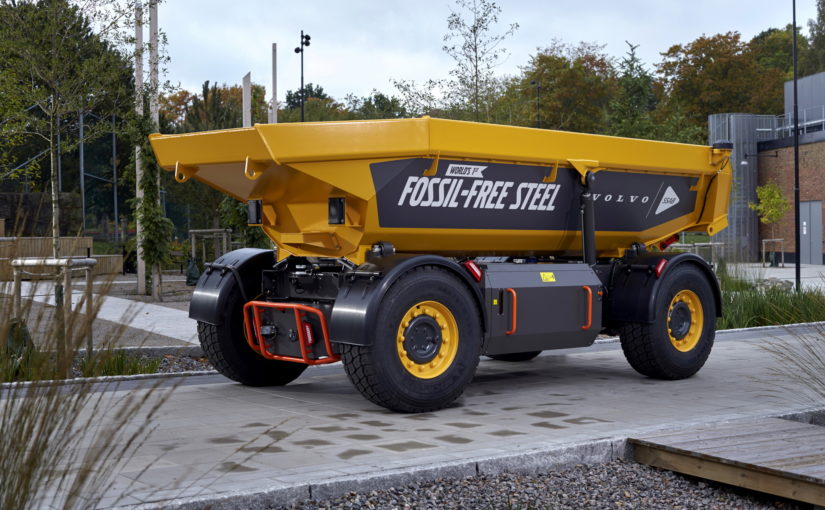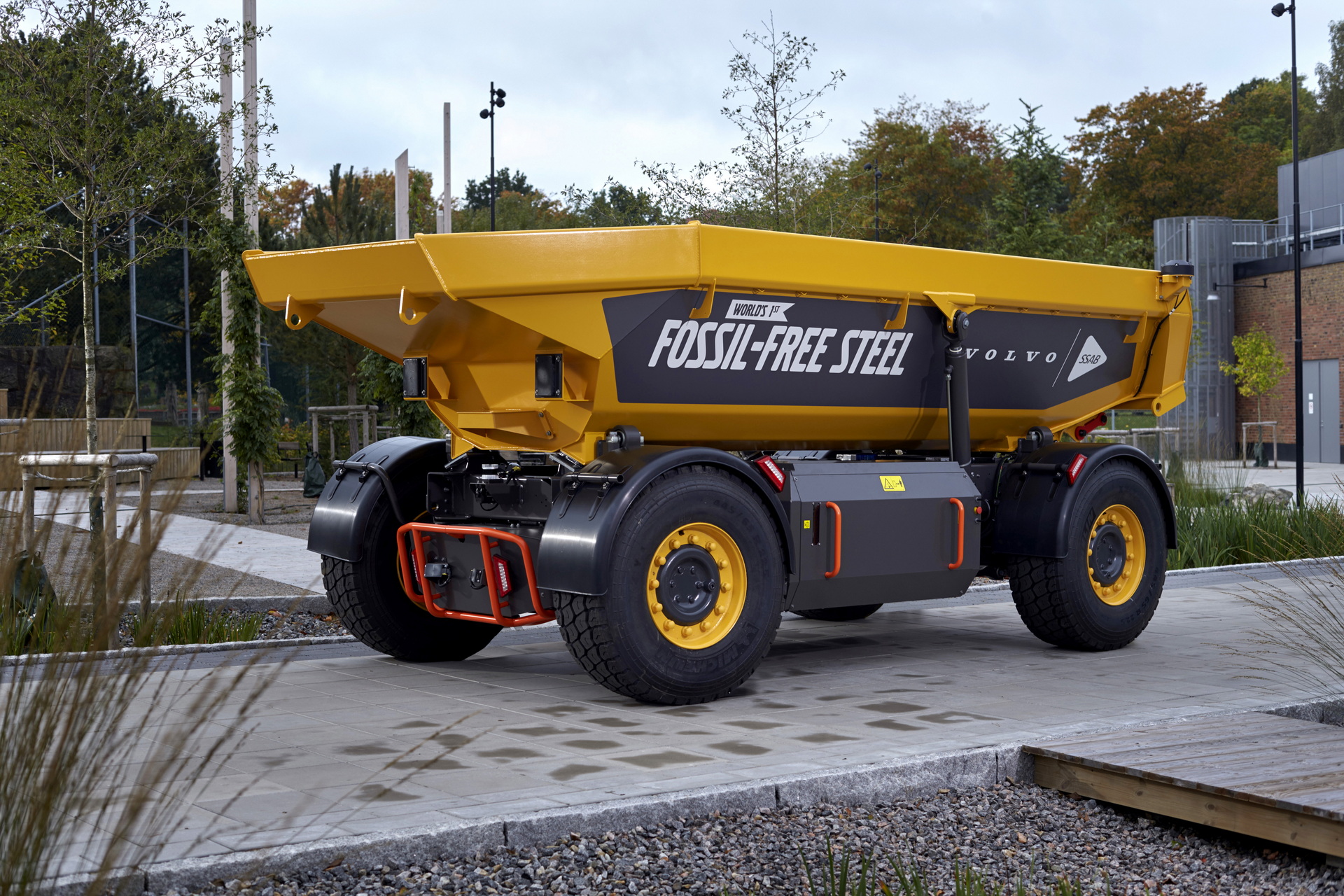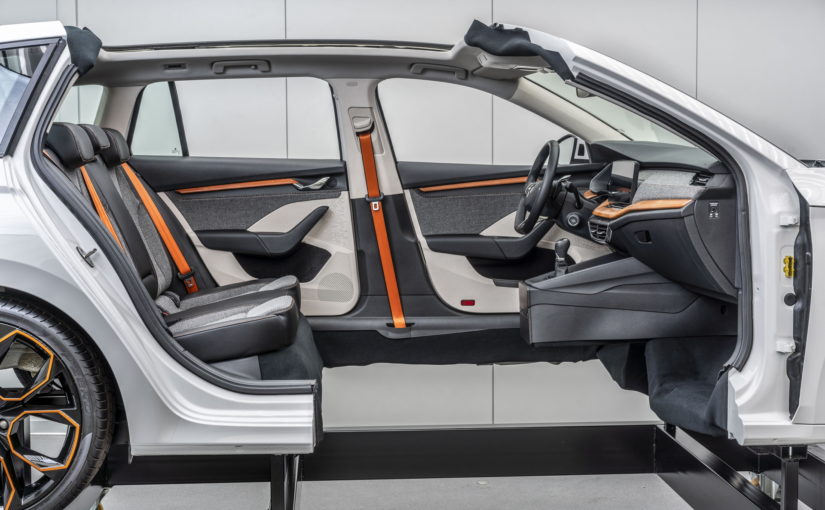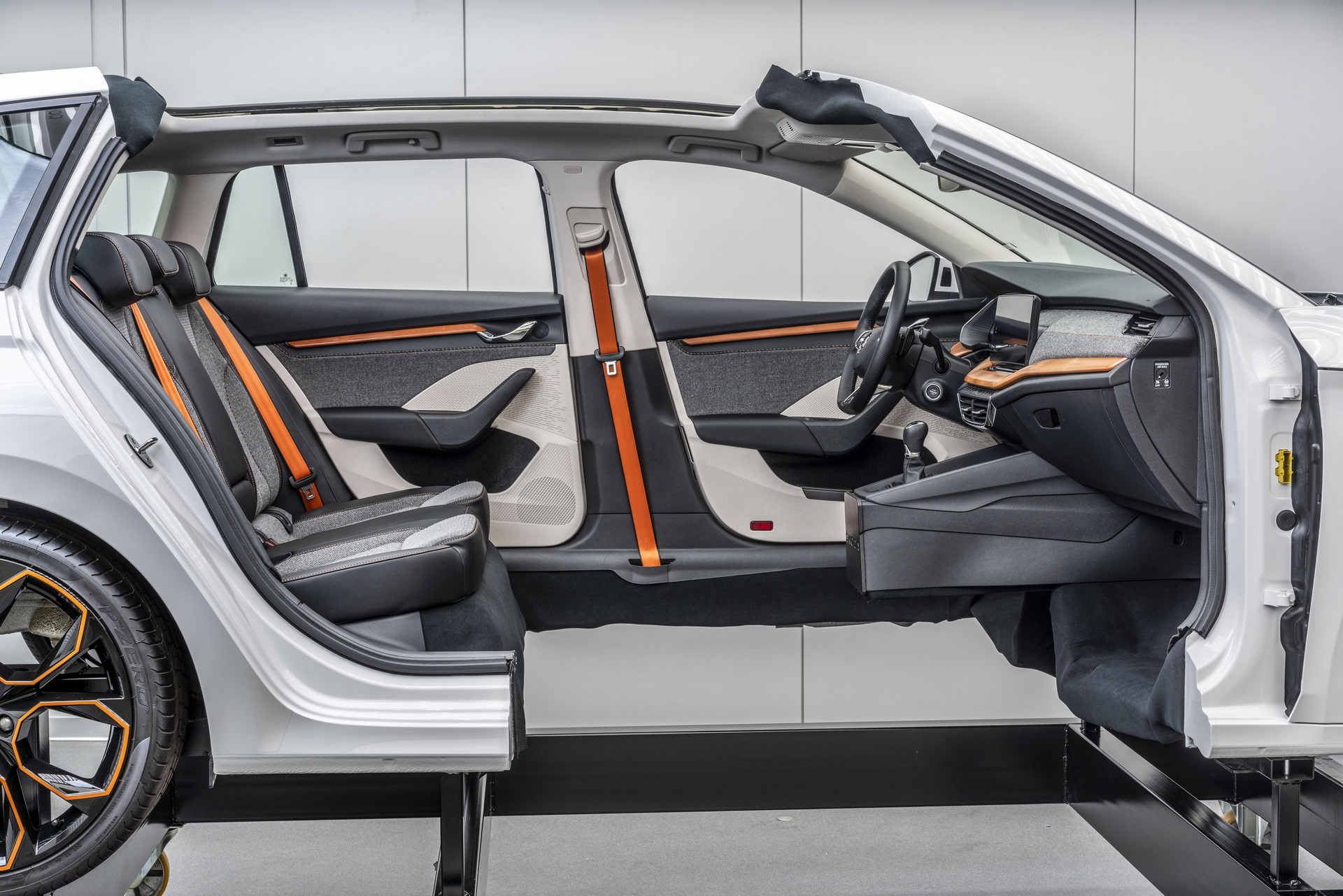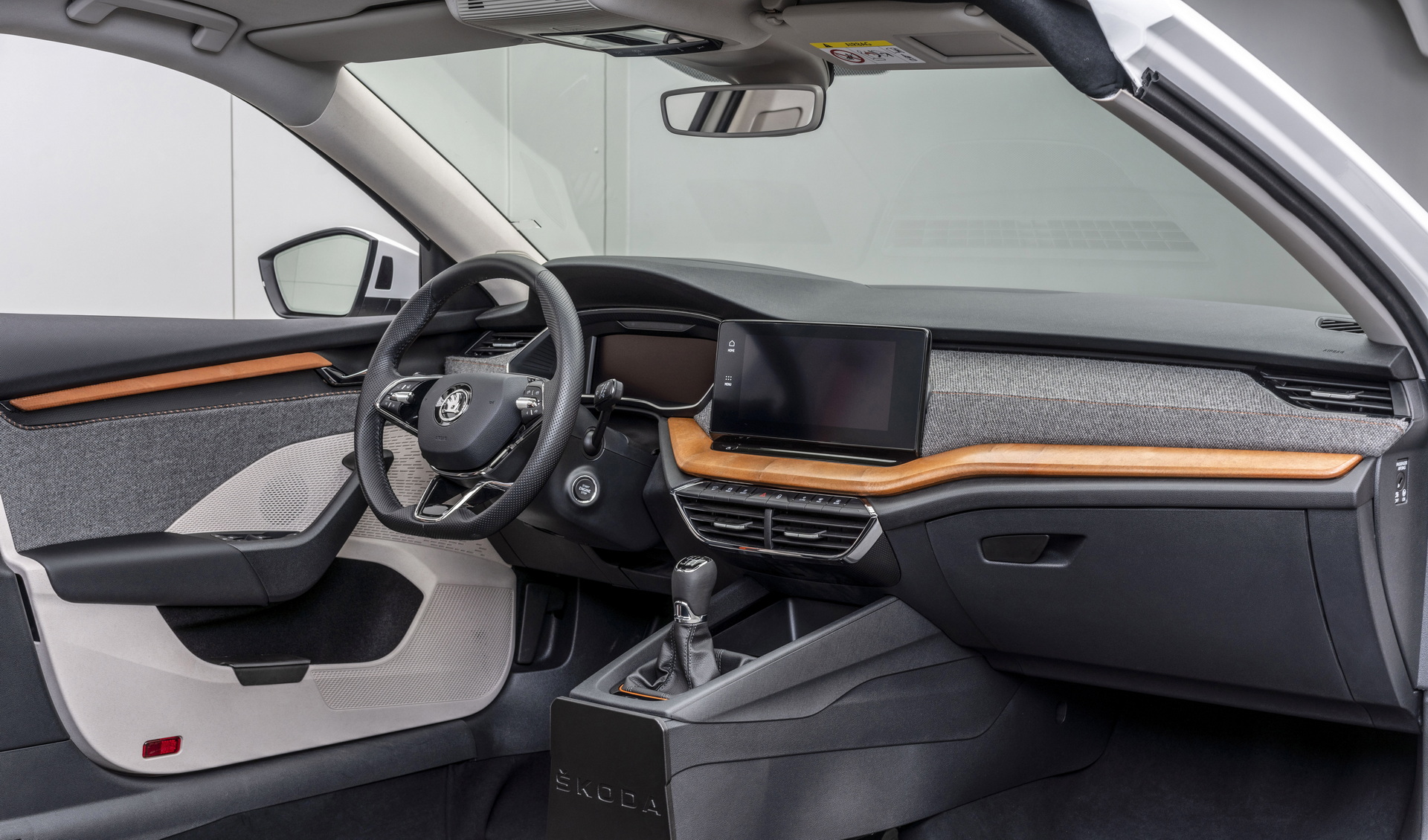The Volvo Group unveiled a load carrier designed for use in mining in quarrying that it claims is the first vehicle ever made of steel made using no fossil fuel.
The unveiling follows the automaker’s announcement in June that it would partner with SSAB to source steel made without the use of fossil fuels. The steel is made using hydrogen instead of the carbon-intensive coking coal that is traditionally used in steel production.
Per SSAB, the steel industry accounts for about 7 percent of global direct carbon emissions. That, in turn, accounts for about 35 percent of the CO2 emitted in the manufacturing of Volvo’s internal combustion vehicles or 20 percent for EVs.
Read More: Volvo To Use Steel Made With Hydrogen And Electricity Saving Tons Of Fossil Fuel
“Having the world´s first actual vehicle made using SSAB´s fossil-free steel is a true milestone,” said Martin Lindqvist, President and CEO of SSAB. “Our collaboration with Volvo Group shows that green transition is possible and brings results.”
This is just the first in a series of concept vehicles as Volvo plans to debut more in 2022. The steel will play an important part in reducing Volvo’s carbon emissions, something it has committed to doing, saying that it will be climate neutral by 2040.
“Volvo Group is committed to pioneering partnerships such as this with SSAB to develop attractive, safe, and efficient new vehicles and machines that pave the way for a more sustainable transport and infrastructure system adopted for the future,” said Martin Lundstedt, President and CEO Volvo Group.
Unfortunately, Volvo won’t be able to make production vehicles with the steel for a few years as SSAB anticipates that it will only be ready to produce steel at a commercial scale in 2026. When that happens, it will be joined by Mercedes, which has also signed a deal with SSAB for its steel. The German automaker plans to produce the first prototype body parts using the steel next year.
For GREAT deals on a new or used Jeep, RAM, Toyota, Mercedes or Audi check out Envision Motors TODAY!
